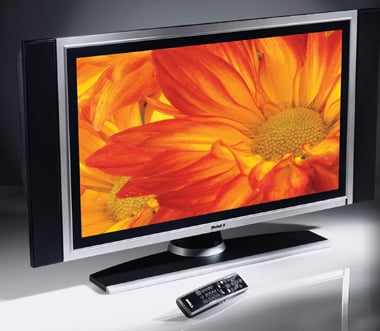According to data released by the research firm, Pacific Media Associates, the share of the TV market for 30 to 34-inch L.C.D. TVs jumped to 24 percent in February from 16 percent in January.Anytime I read the word "obvious", I have an immediate need to try and prove the statement wrong. Now, Mr. Poor (great name for this thesis by the way) could be correct, but I see two other possible explanations for this trend.
That move was at the expense of larger sets. Market share sales for 45 to 49-inch L.C.D. TVs dropped to 14 percent from 18 percent and the 40- to 44-inch L.C.D. and plasma segment moved to 18 percent from 20 percent.
The reason, according to Alfred Poor, Pacific Media Associates’ senior research associate, is obvious: it’s the economy.
First, as TV prices lower, people who weren't previously able to afford an HDTV can now do so. The richer people are still purchasing their expensive TVs, but now additional customers are purchasing lower end models. This quote appears to back me up:
One interesting counterpoint to the shift to smaller and cheaper sets is that the biggest TVs, those 50 inches and above, have not seen a drop in sales.Second, as many people already have upgraded their primary TV to HD, now they are looking to upgrade the one in the bedroom or in the kids' room. This secondary TV is not going to be watched as often and therefore people choose to pay less for it.
And once I got into my debunking mood, I couldn't let this statement go unchallenged either:
By shifting to smaller-sized models, consumers are saving hundreds of dollars. In February, the average 40 to 45-inch set cost $1,287, according to Mr. Poor. But the average price for a 30 to 34-inch model was almost half that, $685.Mr. Poor may find it amazing that we pay this much, but I find it amazing that people pay so little for their TVs. Let me explain.
At the beginning of this decade, the average selling price for a standard-definition 34-inch picture tube TV was around $400. “We’ve asked consumers to triple the price they pay for a TV. It’s amazing that people have been paying this much.”

Comments
Post a Comment